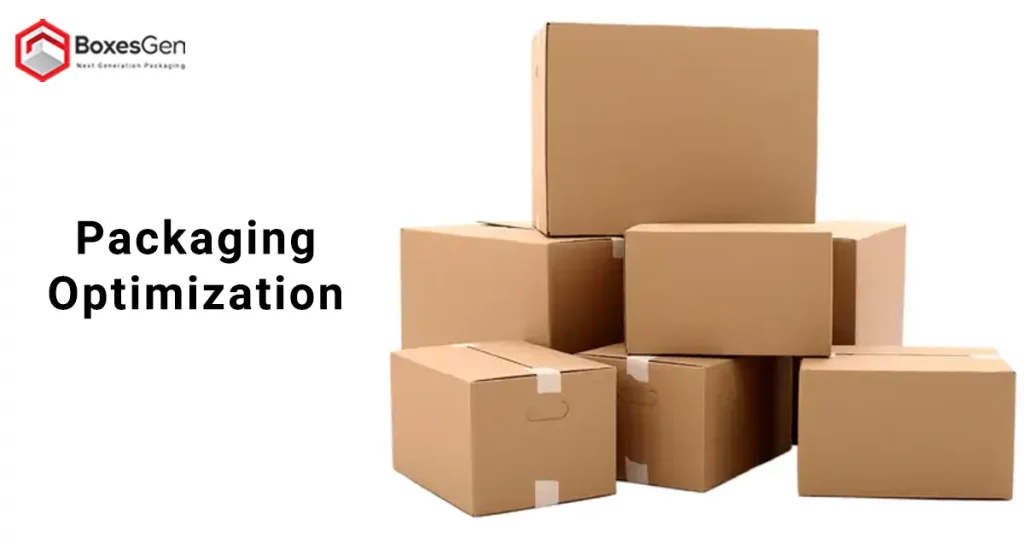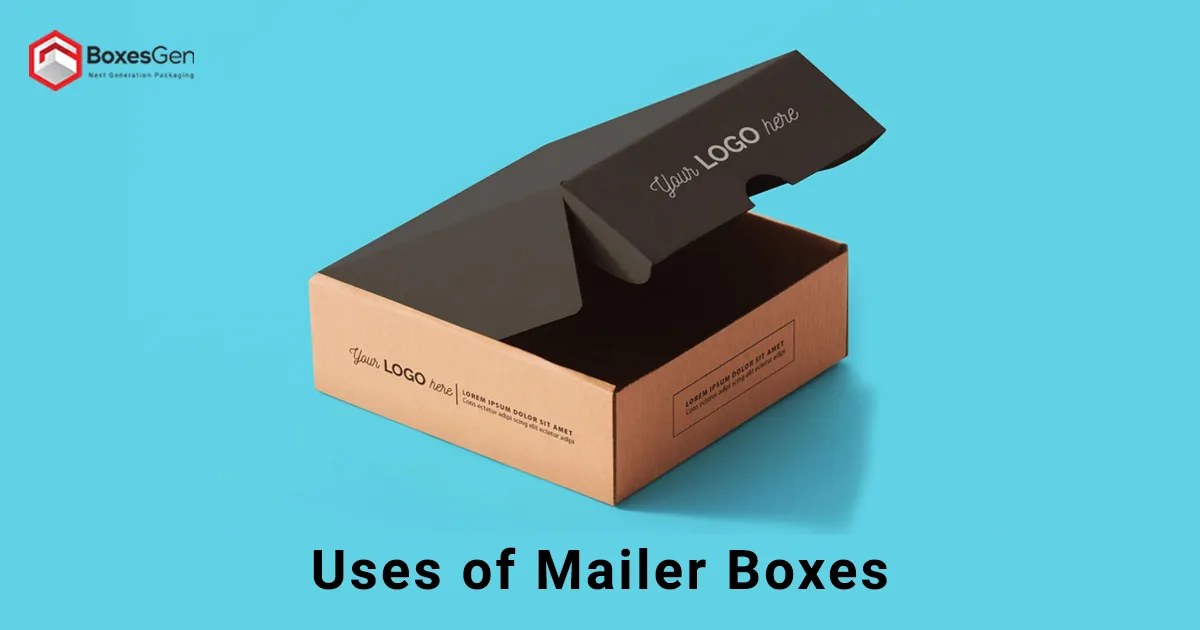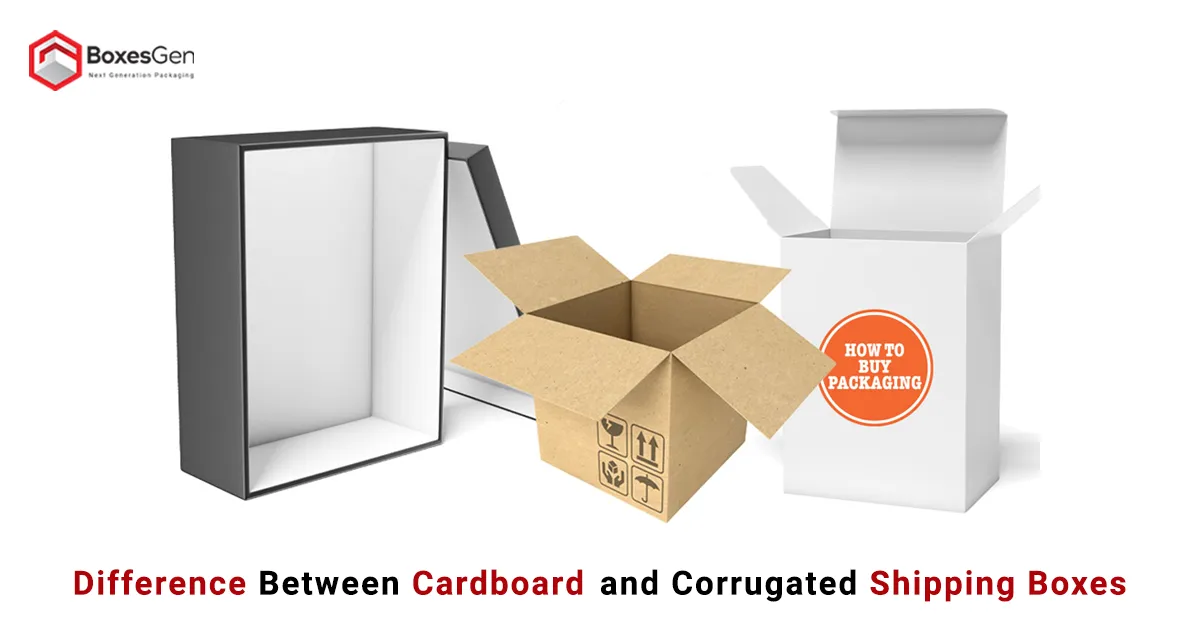Packaging Optimization
In today’s competitive market, businesses strive to stand out among the crowd. One crucial aspect that often gets overlooked but plays a significant role in brand perception and cost management is packaging optimization. From reducing costs to increasing brand appeal, optimizing packaging can offer a multitude of benefits for businesses of all sizes. Let’s dig into the world of packaging optimization and explore its importance, strategies, and benefits.
The Importance of Packaging Optimization
Packaging optimization is not just about wrapping products; it’s about creating an experience for consumers while ensuring efficiency and cost-effectiveness. Optimized packaging can improve product protection, shelf appeal, and sustainability while minimizing environmental impact and costs. In today’s eco-conscious consumer market, Sustainable Packaging solutions are gaining traction, making optimization imperative for businesses looking to stay relevant and competitive. Read on to learn more about how to optimize packaging?
Packaging Strategy
Developing a comprehensive packaging strategy is essential for businesses aiming to optimize their packaging processes. This involves considering various factors such as product specifications, target audience preferences, market trends, and sustainability goals. By aligning packaging strategies with overall business objectives, companies can create Custom Boxes that not only meet functional requirements but also contribute to brand identity and market positioning.
Optimizing Packaging Costs
One of the primary goals of packaging optimization is to reduce costs without compromising quality or functionality. By analyzing the entire packaging supply chain, businesses can identify areas where costs can be optimized, such as material selection, Packaging Design, manufacturing processes, and logistics. Implementing cost-effective packaging solutions not only improves profitability but also allows companies to invest resources in other areas of the business.
Staying Ahead of the Curve with Innovating Packaging
Innovation is key to staying competitive in today’s dynamic market environment. By continuously innovating packaging designs and packaging materials, businesses can differentiate themselves from competitors and capture consumer attention. Whether it is experimenting with sustainable materials, incorporating interactive elements, or leveraging smart packaging technologies, innovation can augment the packaging experience and drive brand loyalty.
Making Your Packaging Unique
In a sea of products vying for consumer attention, unique packaging can make all the difference. By incorporating distinctive design elements, colors, shapes, and branding elements, businesses can create packaging that captures the essence of their brand and resonates with their target audience. Whether it is minimalist and elegant or bold and vibrant, unique packaging can leave a lasting impression and drive purchase decisions.
Five Benefits of Packaging Optimization
Cost Savings: Optimized packaging reduces material waste and transportation costs, leading to significant savings for businesses.
Better Brand Image: Well-designed packaging can convey brand values and quality, highlighting brand perception and customer trust.
Improved Sustainability: Sustainable packaging solutions reduce environmental impact and appeal to eco-conscious consumers.
Increased Efficiency: Streamlined packaging processes improve operational efficiency and reduce time-to-market for products.
Better Consumer Experience: Packaging optimization can improve product protection, usability, and convenience, leading to a positive customer experience.
The 4 P’s of Packaging
The 4 P’s of packaging—Product, Price, Place, and Promotion—are essential considerations in developing a comprehensive packaging strategy. By aligning packaging decisions with these key marketing principles, businesses can create packaging solutions that effectively communicate value, attract customers, and drive sales.
Product: Packaging should complement the product it contains, providing adequate protection and increasing its visual appeal.
Price: Packaging costs should be optimized to ensure affordability for both businesses and consumers without compromising quality.
Place: Packaging design and materials should consider distribution channels and logistics requirements to ensure product integrity during transportation and storage.
Promotion: Packaging serves as a powerful marketing tool, communicating brand messaging, product benefits, and differentiation to consumers at the point of purchase.
The Aim of Packaging
While the primary functions of packaging are to protect products during transit and present them attractively to consumers, its role extends beyond mere functionality. Packaging serves as a tangible representation of brand identity, values, and promise, influencing consumer perceptions and purchase decisions. By aligning packaging with brand positioning and marketing objectives, businesses can leverage it as a strategic tool to drive sales and build brand loyalty.
Important Elements of Packaging Design
Effective packaging design encompasses various elements that collectively contribute to its functionality, aesthetics, and brand appeal. From structural integrity and material selection to graphic design and messaging, each element plays a crucial role in creating packaging that resonates with consumers and drives purchasing behavior. By carefully considering these elements and integrating them harmoniously, businesses can create packaging solutions that not only protect and promote products but also create memorable brand experiences.
Conclusion
In today’s competitive business setting, packaging optimization is no longer a choice but a necessity for success. By implementing strategies to optimize packaging costs, innovate designs, and create unique brand experiences, businesses can gain a competitive edge, improve consumer satisfaction, and drive profitability. From cost savings and sustainability to brand differentiation and customer loyalty, the benefits of packaging optimization are manifold, making it a worthwhile investment for businesses looking to thrive in a rapidly evolving marketplace. By understanding the importance of packaging optimization and leveraging it effectively, businesses can unlock new opportunities for growth and success in the ever-changing consumer setting.
Frequently Asked Questions
What is package optimization?
Package optimization involves improving packaging processes to improve efficiency, reduce costs, and minimize environmental impact while maintaining product integrity and consumer appeal.
What is optimal packaging?
Optimal packaging refers to the ideal combination of materials, design, and processes that maximize product protection, minimize waste, and improve brand perception while balancing cost considerations.
Why is packaging optimization important?
Packaging optimization is crucial for businesses to reduce costs, improve sustainability, and differentiate their products in the market, ultimately improving profitability and customer satisfaction.
How can packaging be improved?
Packaging can be improved by using sustainable materials, optimizing design for efficiency and consumer appeal, and implementing innovative technologies to improve functionality and brand experience.
What is optimization and how it works?
Optimization involves refining processes or systems to achieve the best possible outcomes. In packaging, optimization aims to maximize efficiency, minimize costs, and improve performance through strategic planning and continuous improvement efforts.
What is packaging strategy?
Packaging strategy involves developing a comprehensive plan to align packaging decisions with business objectives, market trends, and consumer preferences, ensuring that packaging effectively supports brand identity and product positioning.
How do you optimize packaging costs?
Packaging costs can be optimized by reducing material waste, streamlining manufacturing processes, leveraging economies of scale, and exploring alternative materials and suppliers to achieve cost-effective solutions.
How do you innovate packaging?
Packaging innovation involves exploring new materials, designs, and technologies to create packaging solutions that improve product visibility, functionality, and sustainability while capturing consumer attention and driving brand loyalty.
How can I make my packaging unique?
You can make your packaging unique by incorporating distinctive design elements, colors, shapes, and branding elements that reflect your brand identity and resonate with your target audience, creating memorable experiences for consumers.
What are the five benefits of packaging?
The five benefits of packaging include cost savings, improved brand image, improved sustainability, increased efficiency, and better consumer experience, contributing to overall business success and competitiveness.
What are the six importance of packaging?
The six importance of packaging include product protection, branding and marketing, convenience, information communication, sustainability, and differentiation in the market, all of which play crucial roles in driving consumer satisfaction and business success.
What are the 4 P’s of packaging?
The 4 P’s of packaging are Product (protection and presentation), Price (cost-effectiveness), Place (logistics and distribution), and Promotion (brand messaging and consumer engagement), key considerations in developing effective packaging strategies.
What is the main aim of packaging?
The main aim of packaging is to protect products during transit and storage, while also presenting them attractively to consumers and communicating key information about the product, brand, and usage.
What is packaging planning?
Packaging planning involves strategic decision-making processes to determine the most effective packaging solutions that align with business objectives, market demands, regulatory requirements, and consumer preferences.
What makes a good packaging?
Good packaging is characterized by its ability to protect products, convey brand identity, provide relevant information, improve consumer convenience, and minimize environmental impact, ultimately adding value to both the product and the brand.
What is packaging marketing?
Packaging marketing involves using packaging as a strategic tool to communicate brand messaging, promote product benefits, and engage consumers at the point of purchase, influencing their purchasing decisions and brand perception.
How do you package a product?
Products are packaged by selecting appropriate materials, designing packaging structures, incorporating branding elements and information, and ensuring that the packaging meets regulatory standards and consumer expectations for functionality and aesthetics.
What are the levels of packaging?
The levels of packaging include primary packaging (direct contact with the product), secondary packaging (outer packaging for protection and transportation), and tertiary packaging (bulk packaging for shipping and handling).
What are the 7 functions of packaging?
The seven functions of packaging are containment, protection, preservation, convenience, communication, branding, and sustainability, all of which contribute to ensuring product integrity and improving consumer experience.
What are the 6 qualities of good packaging?
The six qualities of good packaging are functionality, durability, attractiveness, sustainability, affordability, and compliance with regulatory standards, all of which are essential for meeting consumer needs and business objectives.
What is the most important element of packaging?
The most important element of packaging varies depending on the context but typically includes product protection, branding, and communication of essential information, as these aspects directly impact consumer perception and product integrity.
What are the 5 basic functions of packaging?
The five basic functions of packaging are containment, protection, convenience, communication, and sustainability, all of which are essential for ensuring product safety, consumer satisfaction, and environmental responsibility.
What are the 6 steps to proper packaging?
The six steps to proper packaging include product analysis, material selection, packaging design, testing and validation, production, and distribution, each of which plays a crucial role in creating packaging solutions that meet quality, cost, and performance requirements.








